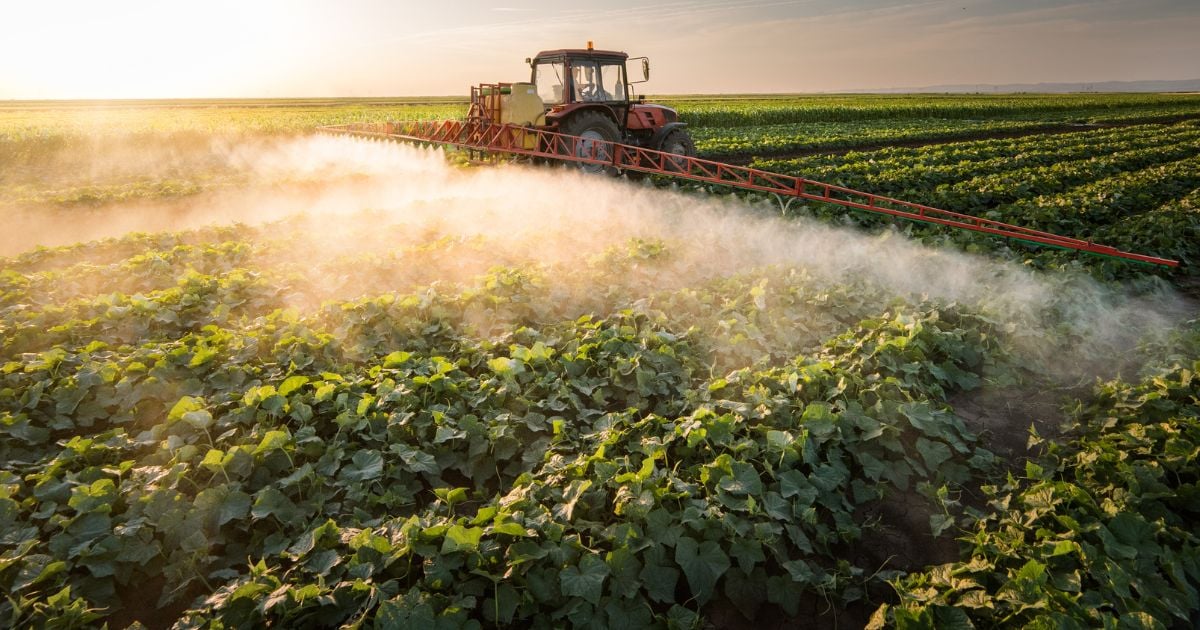What is the EU POPs Regulation?
The EU POPs Regulation bans or restricts persistent organic pollutants (POPs) from being produced or used within the EU market. The regulation, managed by the European Chemicals Agency (ECHA), requires in-scope companies to report on their use of POPs in articles or mixtures to their respective Member States. Continue reading to learn more about the EU POPs Regulation.
What are POPs?
POPs are persistent organic pollutants that pose significant risks to the health of living organisms and the environment. These substances, which persist and accumulate in the environment and living organisms, are transported by air, water, soil, or migratory animals. Due to their potential for long-range transport, POPs have contaminated regions where they have never been produced or used. The substances are found worldwide in measurable concentrations, necessitating international risk management.
People are exposed to POPs in several ways, primarily through food and air, but also from many common household items, including electronics, textiles, flame retardants, surfactants, and pesticides. Even in low concentrations, POPs exposure can lead to many health problems, including reproductive disorders, immune system alterations, neurobehavioral impairment, increased cancer risk, and more. Common substance categories identified as POPs include:
- Pesticides, such as DDT
- Industrial chemicals, such as those commonly used in electronic products
- By-products formed during industrial processes, degradation, or combustion, such as dioxins and furans
Scope of the EU POPs Regulation
While the EU has its own POPs regulation, POPs are regulated worldwide by an international treaty: the Stockholm Convention of Persistent Organic Pollutants, which determines the official list of POPs and implementation obligations. The treaty obligations are then adopted and enacted in various areas around the globe, including in the EU under the POPs Regulation.
POPs Regulation in Europe: Regulation (EU) 2019/1021
The POPs regulation in Europe, titled Regulation (EU) 2019/1021, bans or restricts the production and/or use of POPs in the European Union. The regulation is intended to protect human health and the environment through specific control measures that:
- Prohibit or restrict the production, marketing, and use of POPs
- Minimize environmental release of POPs by-products
- Ensure the safe management of restricted POPs stockpiles
- Monitor the proper disposal of POPs waste or waste contaminated by POPs
Companies within the scope of the EU POPs Regulation are required to report on the use of POPs in their products to their respective Member States. Using the data collected from companies, each Member State prepares a report adhering to the requirements outlined in Article 13(1) of the regulation. Reports must be updated annually to reflect new data or information or, if there isn’t any new data or information to share, at least every three years.
ECHA publishes Member State reports, helps to identify and propose new POPs to the Stockholm Convention, and coordinates a network of Member State authorities to enforce the regulation.
Companies required to comply with the EU POPs Regulation
Companies required to comply with the EU POPs Regulation include manufacturers, importers, and sellers of chemicals or articles that either contain or release POPs. As mentioned earlier, these companies must provide the required use information to their Member States.
EU POPs Regulation substance list
The EU POPs Regulation substance list contains substances across four annexes, each with specific measures and/or reporting requirements. The definition of each annex is included below:
- Annex I: substances subject to prohibition on manufacturing, placing on the market, and use
- Annex II: substances subject to restriction on manufacturing, placing on the market, and use
- Annex III: substances subject to release reduction provisions
- Annex IV: substances subject to waste management provisions
View the full list of substances regulated under EU POPs here.
How to Comply with the EU POPs Regulation
While legislation under the EU POPs Regulation differs by Member State, companies can follow this general compliance process:
- Review the legislation in markets where your products are produced, used, or imported
- Conduct supplier outreach to identify POPs within your supply chain
- Explore alternatives for POPs in your products
- Reduce or eliminate the use of POPs in your products and/or components
- Stay current with updates to the existing POPs list
Source Intelligence's EU POPs Program
Complying with the EU POPs Regulation poses a few challenges, including identifying the presence of POPs within your supply chain, implementing action plans to replace POPs with less harmful alternatives, and engaging with suppliers to collect and maintain quality data and information. Without the necessary tools and resources, you’re exposing your company to risk.
Streamline data collection and fulfill POPs compliance reporting obligations with Source Intelligence’s EU POPs program. We offer a spectrum of solutions to meet your company’s current (and future) needs. From powerful compliance software to expertly managed service options, our program offers several benefits, including Bill of Materials (BOM) analysis, supplier engagement, and on-demand report generation. Explore our EU POPs program to learn how Source Intelligence can help. 


